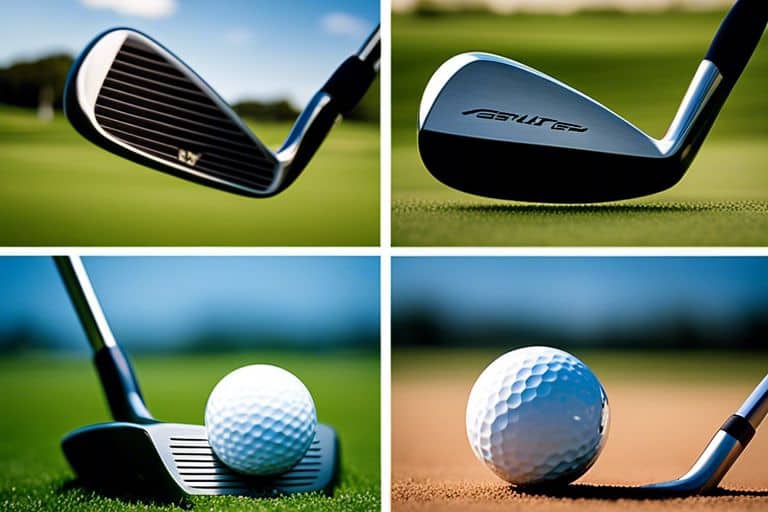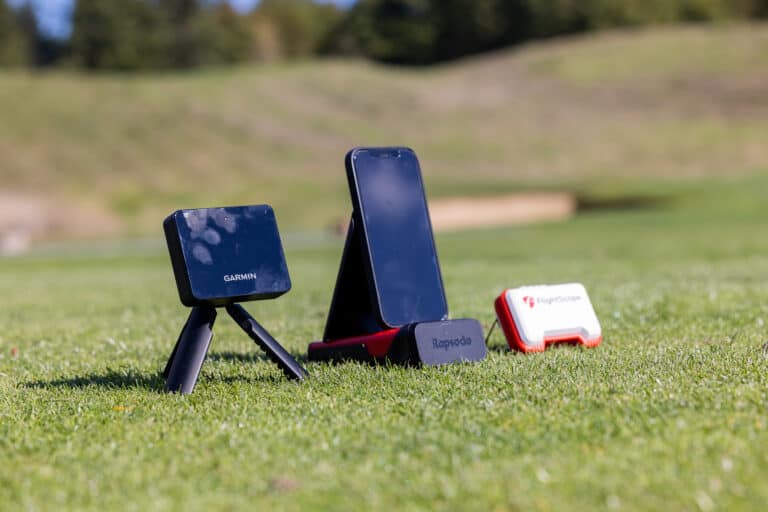What is the difference between a driving iron and a wood in golf?
At first glance, a driving iron and a wood may seem like similar clubs, but there are some significant differences between the two that can impact your game. While both clubs are used for long-distance shots, their designs and purposes are quite distinct.
As an avid golfer, I have had extensive experience with both clubs and can confidently share my insights on this topic. In this blog post, I will explain the key variances between a driving iron and a wood to help you understand which one is best suited for your game.
Understanding the Driving Iron
Your driving iron is a versatile club that can be a game changer on the course. It is a hybrid club that falls between a traditional iron and a wood. Understanding the driving iron’s design, features, and advantages can help you make the most of this valuable club in your golf bag.
Design and Features of Driving Irons
Driving irons are typically designed with a smaller club head and a lower loft compared to traditional woods. The club head is often hollow, allowing for more weight to be distributed around the perimeter, increasing stability and forgiveness. This design is also helpful in achieving a lower ball flight and increased control, making it ideal for scenarios where precision is essential, such as navigating tight fairways or hitting off the tee. Additionally, the driving iron is usually equipped with a thinner face to maximize ball speed and distance, making it a versatile long-range club.
Advantages of Using a Driving Iron
One of the primary advantages of using a driving iron is its versatility. It can be effectively used off the tee, in the fairway, or even from the rough. The lower trajectory and increased control of a driving iron make it a viable option in windy conditions, allowing for more accurate shot shaping. Additionally, the club’s forgiveness and distance capabilities can provide a sense of confidence to golfers in various scenarios, making it a valuable asset in their bag.

Exploring the Wood
Some golfers prefer to use woods on the fairway due to their larger clubhead size and longer shaft length. These features allow for greater distance and higher ball speed compared to irons. Woods are typically used for long shots, especially for hitting the ball off the tee on par-4 and par-5 holes. While woods are versatile clubs, they are particularly useful when the golfer wants to achieve maximum distance with their shot.
Characteristics of Woods in Golf
Woods in golf are known for their larger clubhead compared to irons. This large clubhead provides a bigger sweet spot, making it easier to achieve greater distance and higher ball speed. Additionally, woods are designed with a lower center of gravity, which helps launch the ball into the air more easily, making them ideal for shots that require distance and a high trajectory.
Situations Favoring the Use of Woods
When facing a long shot that requires maximum distance, using a wood club is often the best choice. It is especially advantageous when the golfer needs to hit the ball off the tee on a par-4 or par-5 hole, where distance is a priority. In addition, woods are also favored for reaching the green during a second or third shot on a long par-5 hole, as the longer shaft length and larger clubhead can help generate the power needed to cover the distance effectively.

Comparing Driving Irons and Woods
Now let’s take a closer look at the key differences between driving irons and woods. I’ll break down the information into a table with two columns, highlighting the main disparities between these two types of golf clubs.
| Driving Irons | Woods |
| Low loft (18-22 degrees) | High loft (15-18 degrees) |
| Smaller clubhead | Larger clubhead |
| Designed for precision and control | Designed for distance and height |
| Used primarily off the tee or for long approach shots | Perfect for long shots from the fairway or rough |
Distance and Trajectory Differences
When it comes to distance and trajectory, the driving iron is built for precision and control, allowing for lower, piercing ball flight. On the other hand, woods are designed for maximum distance and height, enabling the ball to travel longer distances with a higher trajectory. When you need to get out of a tight spot or make a shot with precise accuracy, the driving iron is your go-to club. When you need to cover longer distances with height and less concern for accuracy, the wood is the club to use.
When to Use Each Club in Play
As a golfer, knowing when to use each club in play is crucial for achieving the best results. I find that using a driving iron off the tee when pinpoint accuracy is required, or when facing a narrow fairway or strong headwind, gives me better control over my shots.
On the other hand, woods are perfect for long approach shots or when trying to reach the green from the fairway or rough. Their higher loft and design make them ideal for achieving maximum distance and height, especially when you need to clear hazards or obstacles.

Conclusion
So, now you know the difference between a driving iron and a wood in golf. While both clubs can be used off the tee, a driving iron is more similar to a traditional iron and provides a lower ball flight with better control, while a wood is designed to launch the ball higher and farther. Understanding the strengths and weaknesses of each club can help you make more strategic decisions on the golf course, ultimately improving your game.




